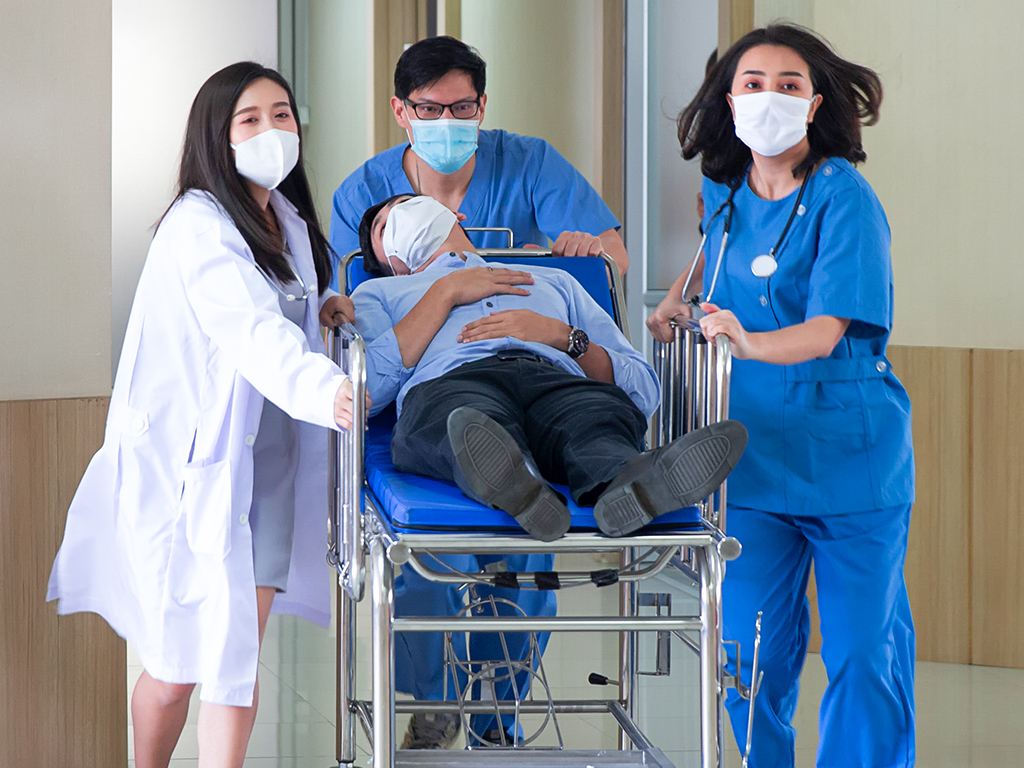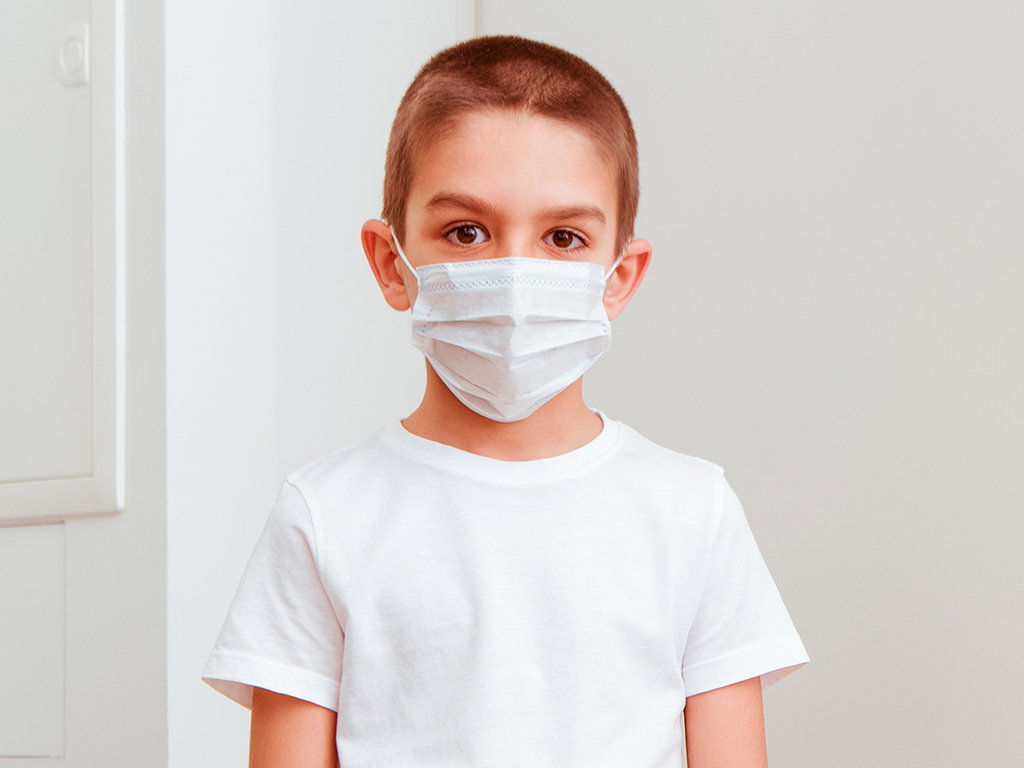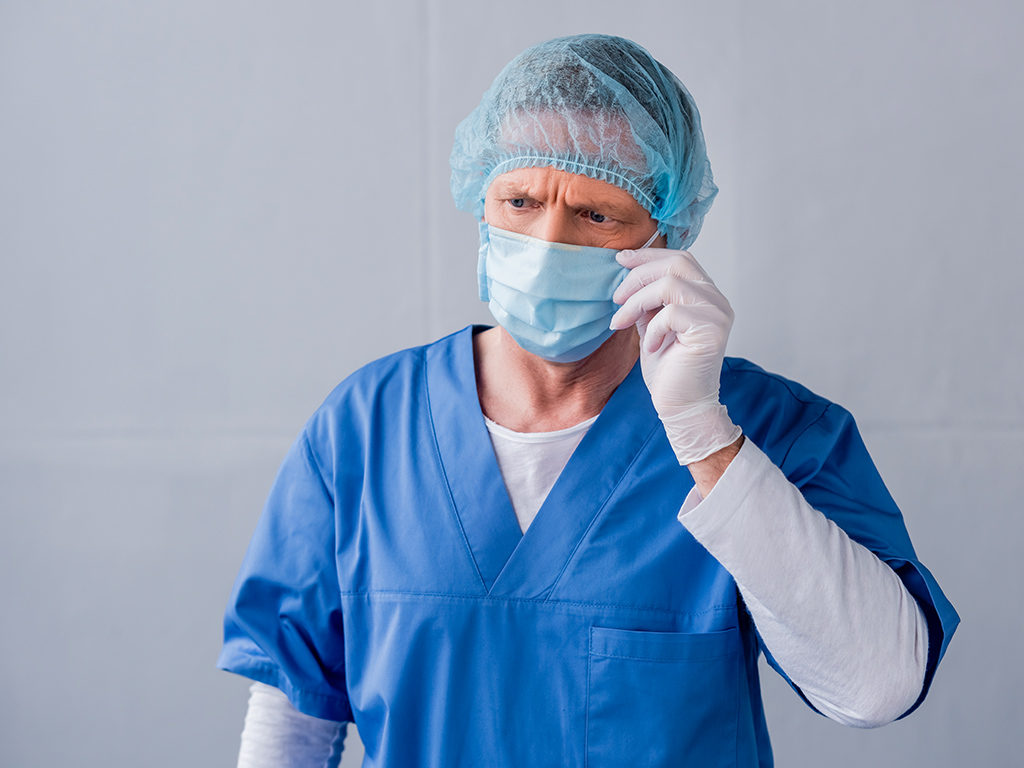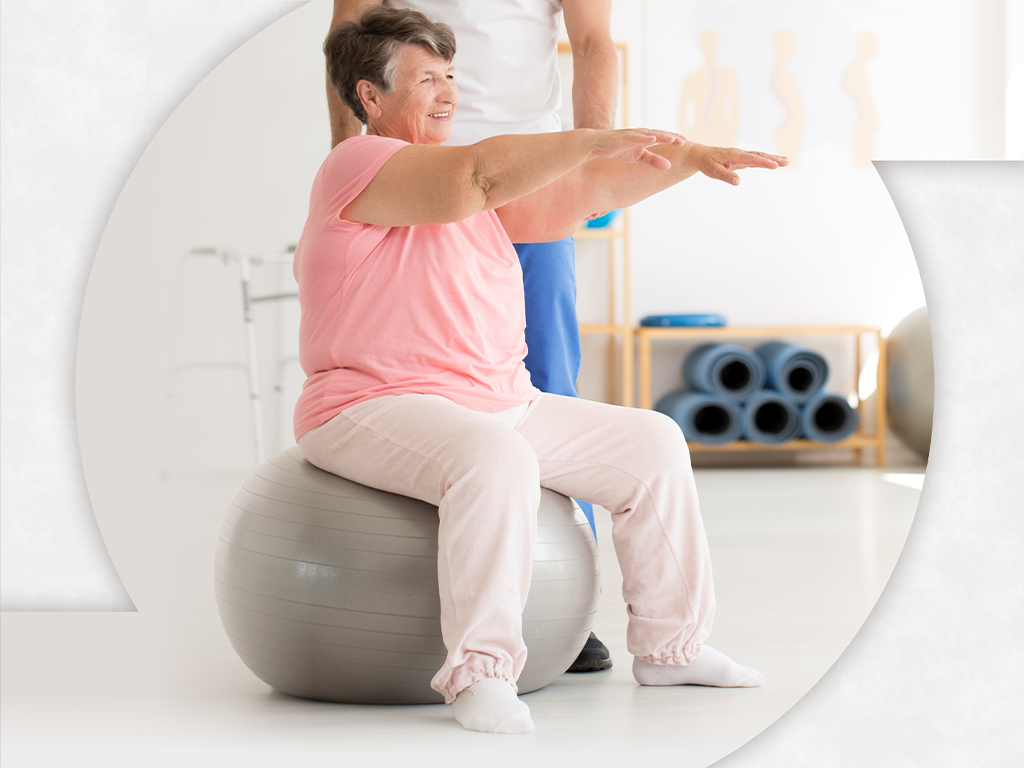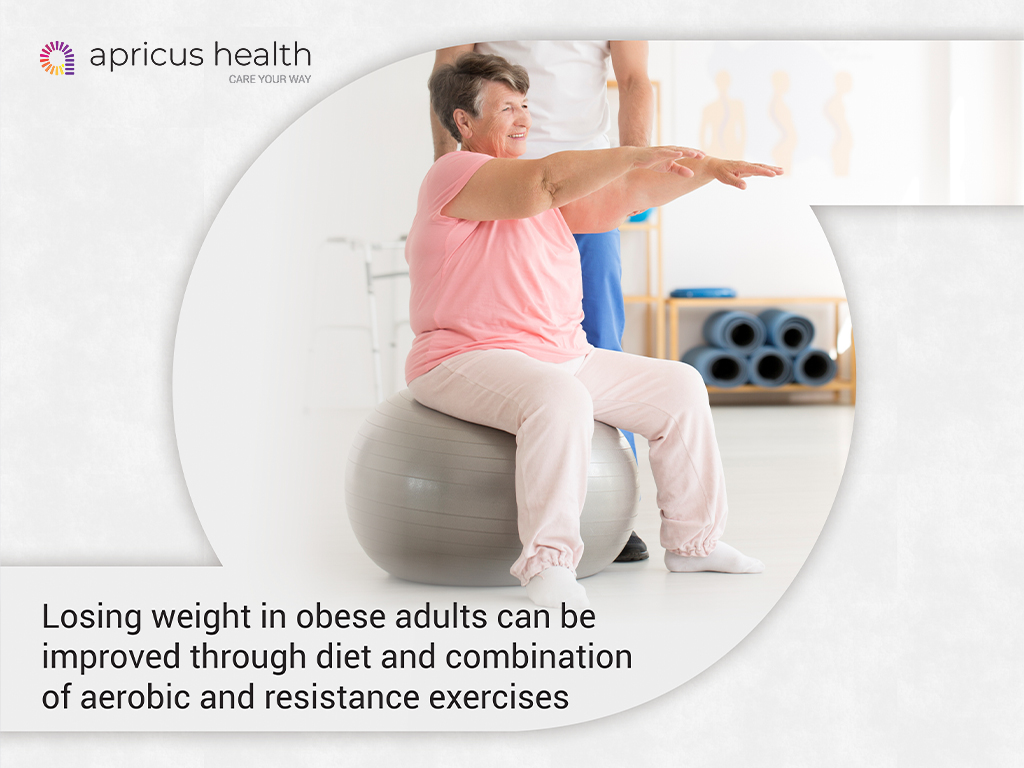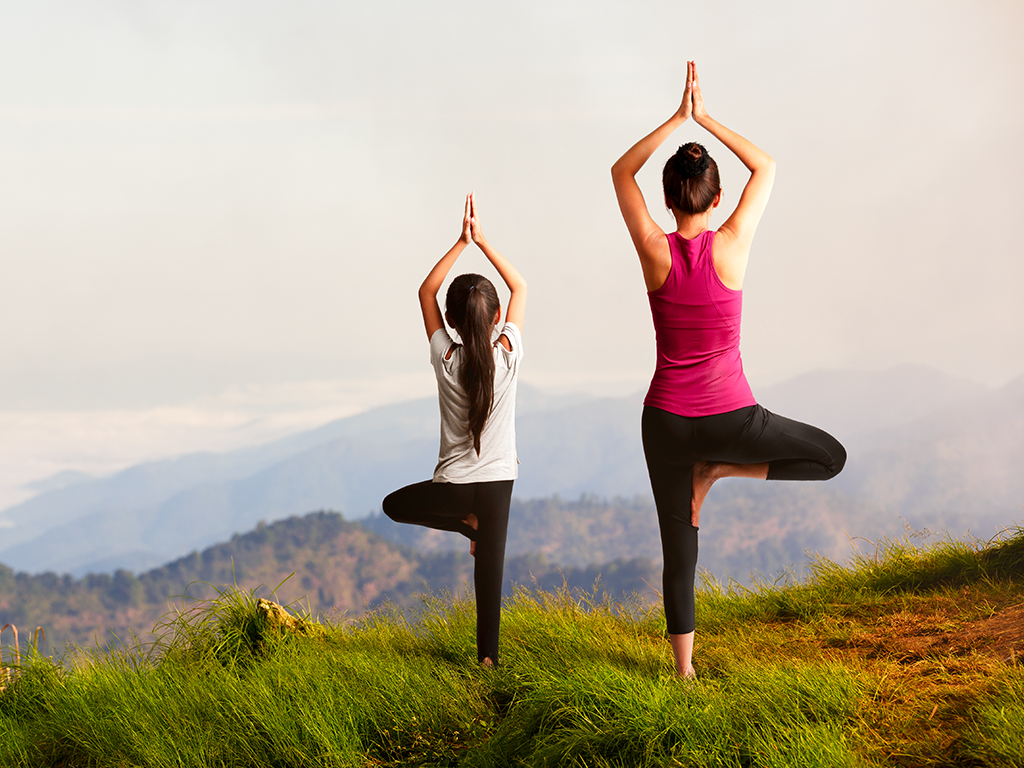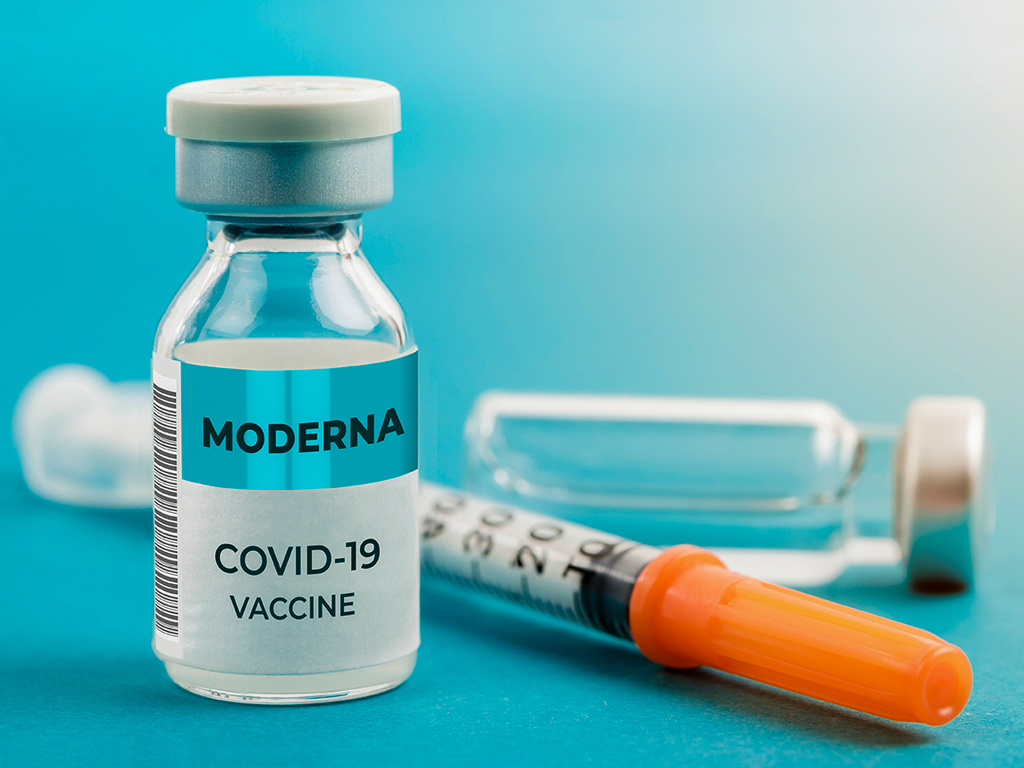Receiving prompt professional medical care is a necessity in today’s fast-paced world. After all, your health is one of the most important aspects of your life. That’s why so much of our lives revolve around staying healthy and addressing issues when they arrive. From street corners dotted with pharmacies to schedules that integrate sick days to daily supplementation, health is a focal point of modern society. Urgent care centers fit seamlessly into that world and the health conveniences we’ve come to expect. There is a myriad of reasons why 24-hour urgent care centers are exceptionally important, including those listed below!
Accessibility
Emergency rooms excel in providing treatment when the situation is dire, and offices deliver exceptional care when you schedule appointments. Urgent care centers fall somewhere in the middle of these two options, giving people quick access to the care they need without requiring emergency attention or needing to wait for an available appointment.
Because of this, wait times are often shorter—typically less than 15 minutes—and the convenience is unmatched. Being able to walk into a clinic at any time on any day of the week is a game-changer for those who are seeking care but do not need emergency services.
Unfortunately, only 2% of such centers are open beyond normal business hours, highlighting an area where care can be improved.
Cost
Compared to emergency rooms and hospitals, the cost associated with visiting an urgent care center is significantly lower. This is true for several reasons, including the fact that the majority of insurance plans are accepted at urgent care centers, and no third-party bills will be included.
For those without insurance, urgent care centers are the best place to receive treatment, especially if the alternative is an emergency room or hospital. For those with insurance, urgent care centers can also save you money; just double-check to ensure they are an in-network provider!
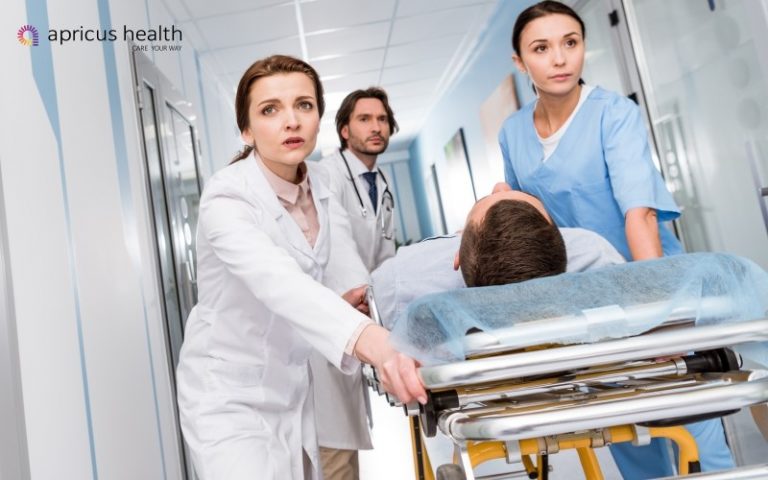
Level of Care
You are bound to receive high-quality care at an urgent care center. The vast majority (around 95%) will have a minimum of one full-time medical provider on duty, ensuring that your treatment will match that of a primary care hospital. In other words, you can enjoy the convenience and cost savings of an urgent care center while being confident in the level of care you will receive.
A Fantastic Alternative
Urgent care centers provide great medical coverage around the clock, giving a massive portion of the population readily accessible medical treatment that is affordable and convenient. As a bonus, these 24-hour alternatives to other options, including emergency rooms, can act as a pressure relief for those more traditional services.
By giving people in need of medical treatment an alternative, urgent care centers allow emergency rooms to function as they are intended to function—providing assistance to those with dire medical needs.
Urgent care centers are a win-win for the medical community and for the people seeking treatment, making them exceptionally important to a world of fast-paced living and health consciousness!

